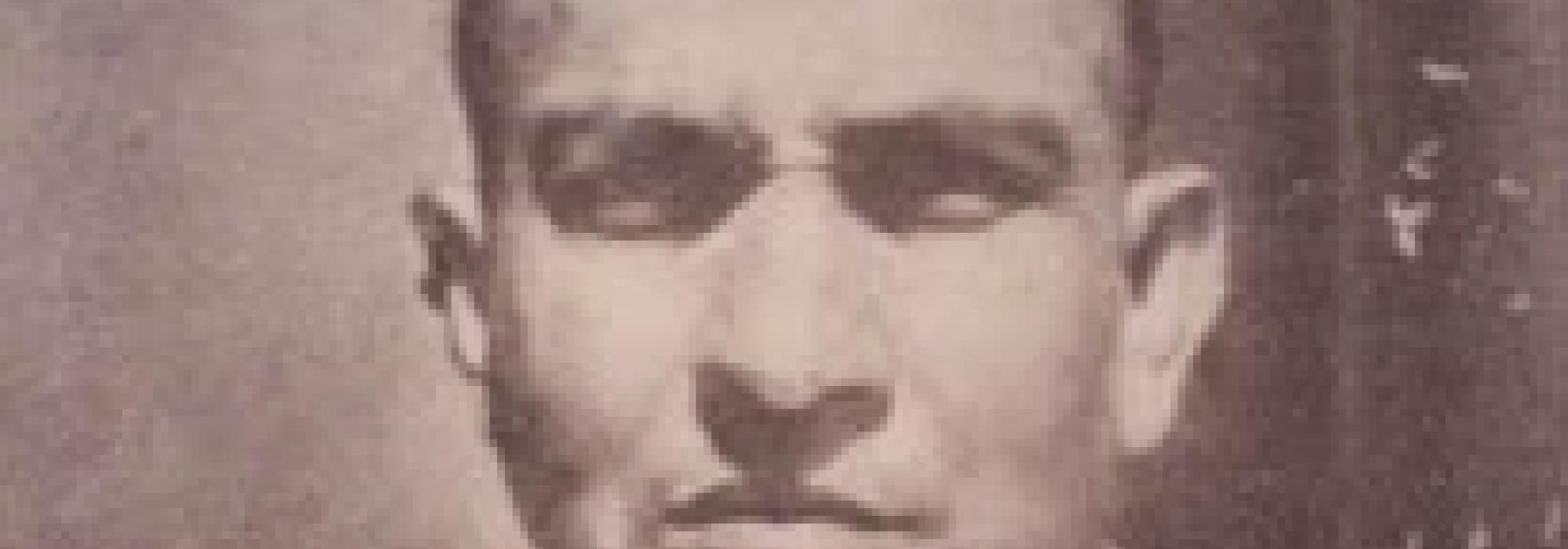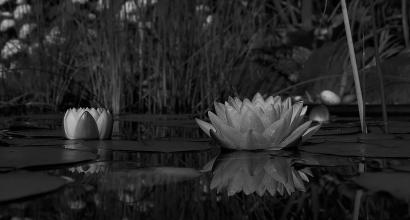V Si. and Shastry always got their writings reviewed by the other. They would exchange ideas and opinions, mainly for their own clarity. Those were the years of great joy for both. V Si, in his pen portrait of Subrahmanya Shastry writes, “Whenever I recollect the discussions on literature we both had, I feel that the company of a person like him makes life light and easy…. I had never found that kind of friendliness elsewhere”.
Incidentally, it was a story that Shastry narrated to V Si that inspired the latter to author the play titled - Śrīśaila-śikhara.[1]
For several years, V Si and Subrahmanya Shastry travelled together to different parts of Karnataka specially to be a part of the local festivals there. V Si was the chair of the Kannada Sahitya Sammelana in 1953, which was held at Kumta. Shastry too happily accompanied him on the occasion.
V Si, who was closely associated with Shastry for several years has documented his memories with the scholar very well. Going through the essay will throw light on the personality of Shastry. Here is a translated extract: “Whenever Shastry rendered a poem from a literary work, one could see the optimal blend of his knowledge of music and literature combined with his worldly experiences and adherence to tradition. Among the people I have listened to so far, it is only Rallapalli Anantakrishna Sharma and Subrahmanya Shastry who can render the Rāmāyaṇa or a play in a manner that will touch the listener’s heart. There is some difference between them too. Both of them display great acumen in composing poems and translating poems and plays from Sanskrit into Kannada. Their choice of words and length of sentences are optimum.
Shastry at one hand liked the independent thought of Nīlakaṇṭha(-dīkṣita) – he loved his free-flowing language and courage. On the other hand, he also liked Jagannātha’s Rasa-gaṅgādhara. He could describe in a very joyful manner the ugly disputes that grew between Appayya-dīkṣita and Jagannātha. Whenever he narrated a story from the purāṇas or a history of a local leader around his native place, Magadi, there was great vigour and joy in him. I have heard several such stories from him. As he was a very imaginative person, even when he narrated the same story tens of times, each narration would be filled with a different charm – he would have made a segment of the story longer or more entertaining.
We have exchanged stories of fights between roosters, rams, and dogs – he always won! There was no hyper-excitement in his narration nor was there any anxiety. He had the kind of distance that is spoken about in literary aesthetics – there is a certain kind of distance the narrator needs to keep from the story he is telling. He was objective. I was always surprised at the double consciousness that lay behind each of his narrations. That was the special feature of his style of story-telling.
A Richly Cultured Person
Shastry was a highly cultured person, in all senses of the word. He always remained far away from fight and arguments. Though he had the strength of establishing his line of thought in any argument, he never got involved in any such endeavour. He would silently listen to everything that the others had to say and then finally put forth his view in a single sentence, saying, “This is what I feel.” There was no place for any kind of unnecessary excitement in his personality. There never was a change in Shastry’s facial expression even when faced with great difficulties.
Shastry was a person of restrained speech. However, when he had to describe an interesting incident filled with emotions, he would give free reign to his speech. V Si has fondly recollected his narration of the fight between two groups of monkeys that he witnessed during his South Indian tour.
Shastry was a treasure trove of tales – he had assimilated several stories from the purāṇas. He knew many stories and sub-stories from the Indian tradition and when the occasion arose, he would spell them out and entertain his companions or audience.
Shastry had great devotion to traditional practises and observance of festivals. However, he made sure not to cause any trouble to the others because of his practice of rituals. Whenever he felt like giving some advice to a member of his family, he always did so in a soft and gentle manner – he was never aggressive.
Subrahmanya Shastry passed away on 30th July 1961, at the age of fifty-six.
Subrahmanya Shastry’s personality was much greater than his writings and achievements. One could point at him as the living embodiment of the best aspects of a culture.
‘Santoṣaṃ janayet prājñaḥ, tadeveśvara-pūjanam’[2] was the goal and purpose of his life.
Concluded.
The current article is an English adaptation of the Kannada original by Nadoja Dr. S R Ramaswamy. Full form of the article is a part of 'A Tapestry of Pen Portraits' published by Prekshaa Pratishtana in December 2020. The original monography by the author was published by Mysore Mulakanadu Sabha, 2001
[1] The peak of Śrīśaila
[2] Noble men should provide Joy to the world and that is the best kind of offering to the deity.











































